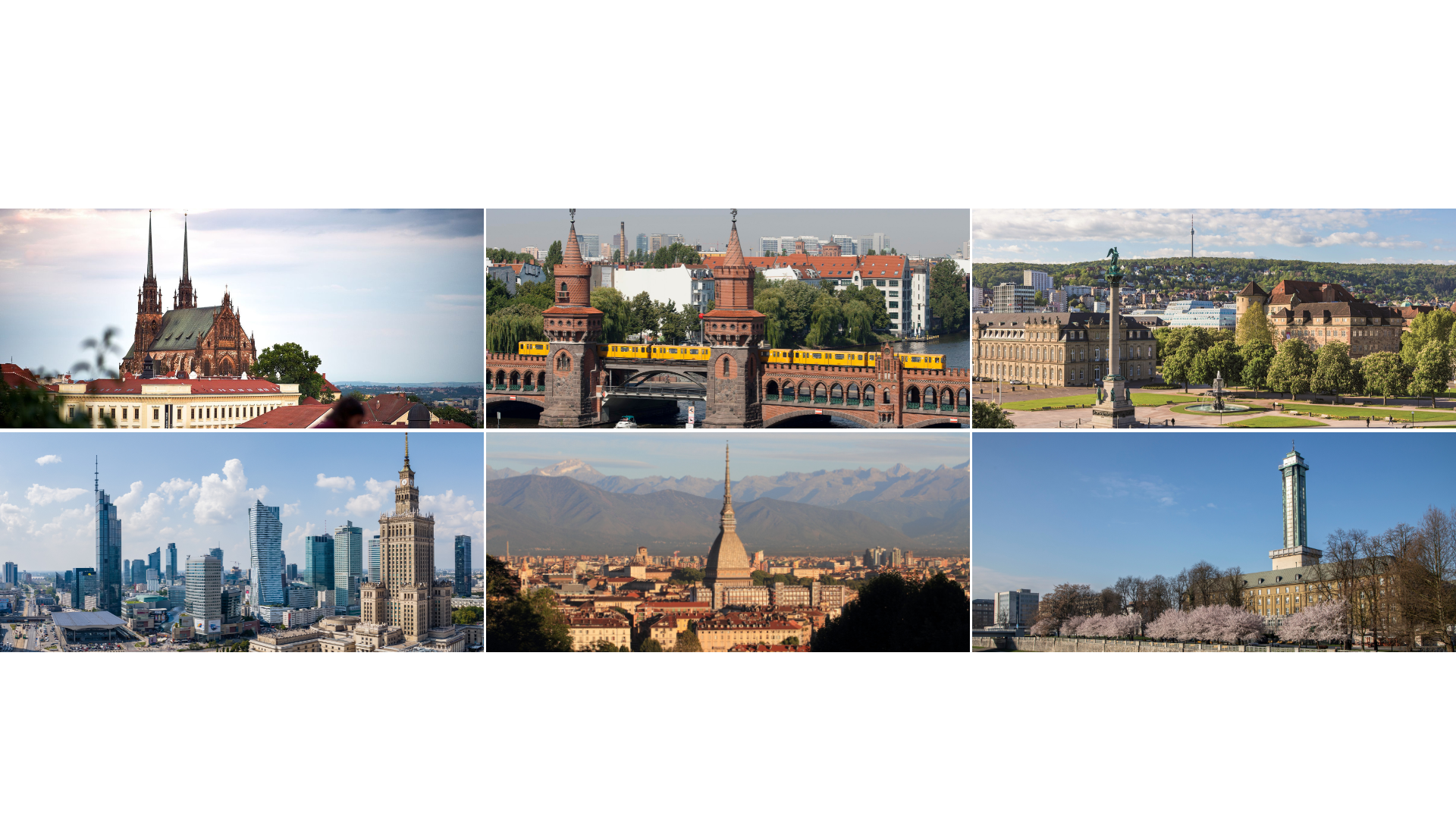Metropolitan Areas: Drivers of Resilient and Sustainable Development
Our Common Metropolitan Vision recognizes the potential of metropolitan areas to tackle significant societal challenges and foster resilient, sustainable, and inclusive development across European, national, and regional landscapes. However, to fully realize this potential and effectively pursue policy objectives, metropolitan areas require sufficient competences and resources. The Vision advocates for increased engagement of local governments in dialogues concerning systematic and comprehensive urban policies at both European and national levels.
Recognition of metropolitan areas
Metropolitan areas are acknowledged as functional urban regions comprising urban cores and their surrounding territories. Serving as both local and regional centres, large cities and small towns play pivotal roles in fostering integrated labour and housing markets interconnected through commuting and mobility. The governance mechanisms within these areas facilitate cooperation among diverse stakeholders from the public, private, and citizen sectors.
Motivation for the Common Metropolitan Vision
The formulation of the Common Metropolitan Vision was driven by the growing significance of metropolitan areas in both national and European development and policy-making. Recognizing the potentials and advantages of metropolitan cooperation, planning, and governance is deemed crucial. The Common Metropolitan Vision outlines the requirements of metropolitan areas, emphasizing the need to enhance their institutional capabilities to enable effective cooperation and governance for the timely and efficient delivery of public services.
The Common Metropolitan Vision structure
The Common Metropolitan Vision comprises three integral components:
- Vision for Metropolitan Areas: Paints a comprehensive picture of a future state for metropolitan areas, societies, and governance that is both aspirational and attainable.
- Metropolitan Strengths and Commitments: Spotlights the current and potential resources, capabilities, knowledge, and skills inherent in metropolitan societies, stakeholders, and leadership. These are harnessed to address major societal challenges, implement policy priorities, and achieve declared goals.
- Metropolitan Empowerment: Tackles organizational and procedural challenges, proposing viable solutions to overcome existing limitations in metropolitan cooperation and governance. The aim is to fortify the capacity, effectiveness, and efficiency of metropolitan policy-making.
The metropolitan dimension is unequivocally acknowledged as a fundamental cornerstone for cooperation, playing a vital role in addressing significant societal challenges and advancing sustainable prosperity goals more effectively. For further details, the full version is now accessible on the project website here, under the QR code below this article or under the Output section.

